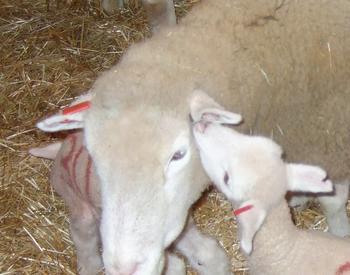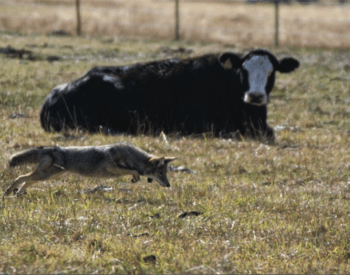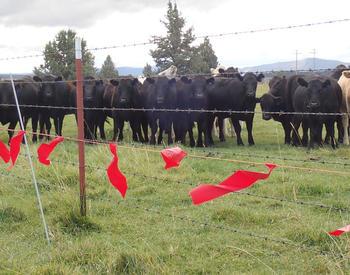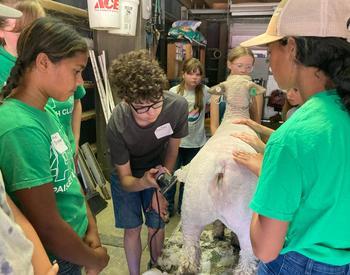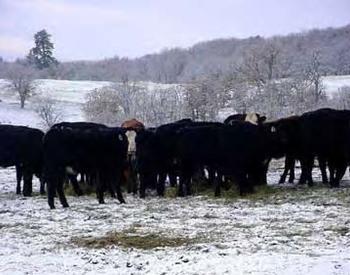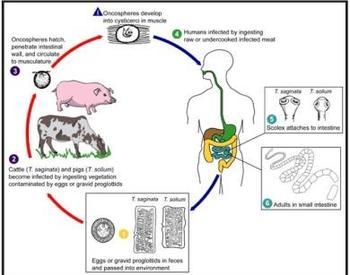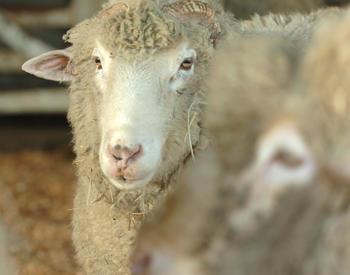Culling is the practice of selling off animals that you no longer want to or no longer can keep. There are many reasons to cull ewes; economics drives most of them. If you have sheep as a hobby, aesthetic reasons may be more important to you. Many times both economics and aesthetics play a part in your decision to sell sheep.
Let's look at the reasons to cull, and how to strategically market the ewes you cull. Consider how these points affect your flock and adjust your management plan appropriately.
Reasons to cull
First, let's start with aesthetic reasons for culling sheep. Keeping too many ewes on a given acreage for too long could make your farm appear unhealthy or untidy by leading to overgrazing, thin animals, or muddy pasture conditions. Even with small numbers of sheep, disease can crop up; if left untreated, illness can make things look bad. Treat sick animals early in the disease process, and know when to release interest in them before they deteriorate too far. Animals and land in poor conditions could impact public perception of the sheep industry. Since we care about our animals, our land and our industry, we should do all we can to promote a healthy, positive image of animal husbandry.
Now, let’s move on to economic reasons for culling sheep. Obviously, keeping unproductive or underproductive ewes is economically inefficient. So, what are the factors that lead to these maladies of production? Sometimes it is our fault that the sheep need to be culled.
Initially, we should make sure that the sheep we select for production fit the ranching environment and our desired production goals. Throughout the production cycle, we need to follow good, sound management practices. That way, we don’t have to cull unnecessarily. Other times, the reasons for having to cull ewes are out of our control. Either way, we can adjust and improve our production efficiency.
Reasons to cull ewes from your flock can vary. Some problems are genetically controlled (linked to genes, breeding decisions or choice of ram or ewe flock), while others are a product of the environment (weather-related issues, disease challenges, nutritional problems, etc.). In most cases, good recordkeeping can help you determine whether or not you have problems, as well as help you find where those problems lie.
Culling criteria
Here is a list of some reasons for culling your ewes. Decide which reasons impact your ranch. Then make a list of culling criteria for your flock and make a point of following it.
- Open or barren ewes: Culling criteria might depend on why the ewes are not pregnant.
- Genetic improvement desired: Sort out ewes that don't fit your goals.
- Production/reproduction level (use your recordkeeping): Consider lambing rate (singles/twins/triples), poor lamb weaning weights, poor milk production, growth rates, etc.
- Genetic defects or predisposition to disease: These may include scrapie, foot rot, face covering, entropion, etc.
- Physical problems: These may include lambing difficulty, prolapses, poor conformation (udder, feet, legs).
- Disease: Work to lower the incidence of subclinical disease and the number of chronically ill animals.
- Age: Retire old, thin ewes that can no longer eat properly.
Marketing culls
Marketing of cull animals is mostly done through public markets. The majority of ewes are culled after spring lambing. With the high number of cull ewes available at that time, the price is at a seasonal low. If you decide you need to cull ewes after lambing, there are two options — sell now or sell later, when the market prices may be better. You will need to factor in the cost of keeping the ewes, including feeding costs, health care costs and any death losses. Find market information at the USDA Agricultural Marketing Service.
Ewes that are open or barren may need to be culled, depending on their diagnosis. Many times it is better to know which ewes are not pregnant before lambing season so you don’t have to feed them all fall and winter long. If you conduct pregnancy checks after breeding season, you can market the open ewes in fall, when market prices for cull ewes are typically better. This may improve your options for barren ewes as well as provide important management information for your pregnant ewes.



